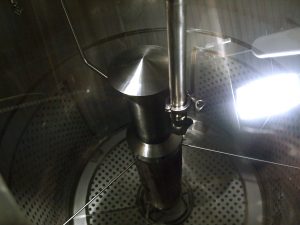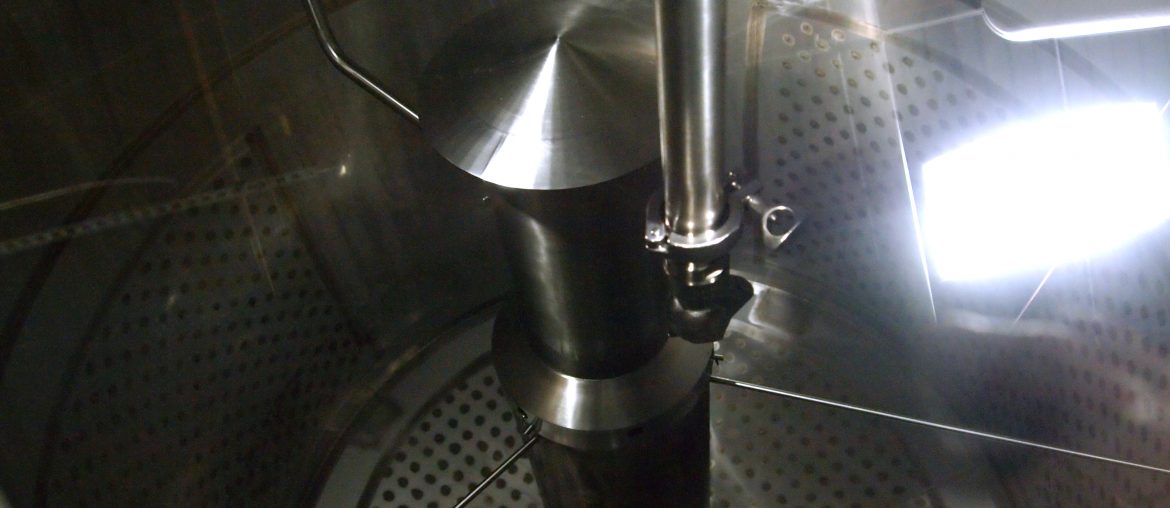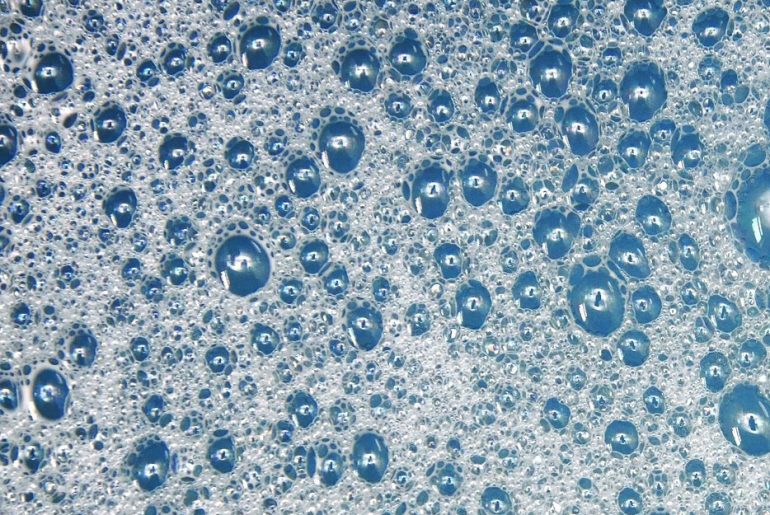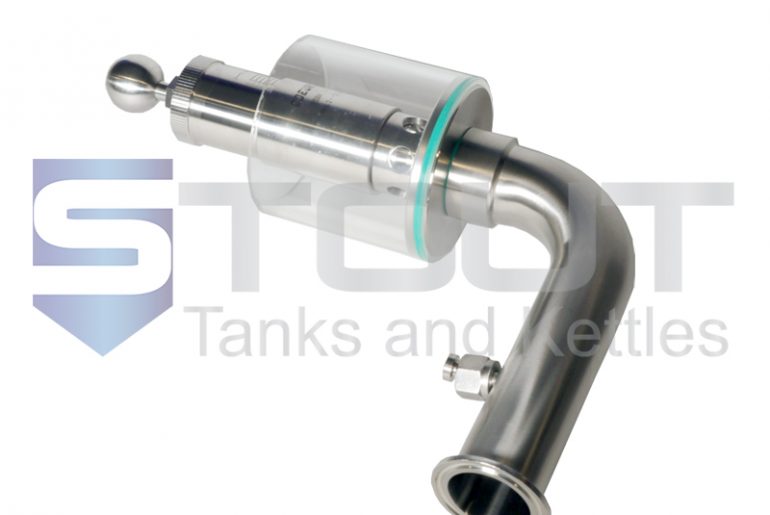
In the beer and brewing world, a calandria is an extra source of heat, generally located in the center bottom of the brew kettle. It is a cylindrical device with vertical tubes/openings through it, with steam (or, in rare cases, oil) passing inside to transfer heat to the wort. Calandriasare really just ‘shell-in-tube’ heat exchangers. As such, they can be installed as internal, or external, and can use steam, hot oil, or even electric elements (though this last one isn’t technically a true calandria).
Sometimes wort is pumped through the calandria in order to increase its effectiveness – wort passing through the openings will result in more heat transfer.
Why or when is a calandria needed?
A calandria becomes necessary as brew kettles get larger and the volume of liquid to be heated starts to require a significant amount of additional power. In microbrewery sized steam brewing systems, the steam heats the wort through the jacketing on the side walls and bottom of the kettle. Enough heat can be transferred to provide a vigorous boil and evaporation rate. But, because volume increases faster than the surface area of the tank as the tanks get bigger, there is less and less heating surface per gallon of wort. In general, calandrias are mainly used on pretty large brew kettles, perhaps 30-40 BBL’s and larger.
To keep it simple, think of the kettle as a cube. The volume of the cube is L x W x H, or L cubed. The surface area of the sides and bottom is L x W x 5, or L squared times 5. As the tank gets bigger, the volume is increasing at a cubed rate, but surface area is only increasing at a squared rate. Before long, the ratio of surface area to volume gets pretty small. And, if we are only relying on the surface area to heat the wort, there are fewer square feet of jacketed surface area per gallon of wort.
Calandrias are also used to convert a non-jacketed kettle into a boil kettle. You can use an internal or external calandria to provide the heat necessary to boil your wort.
Are there any downsides to using a calandria in my brewing system?
Many brewers report that calandrias are difficult or frustrating to clean, having to get in the kettle and scrub it by hand. I’ve done this, and it isn’t very fun, especially when the kettle is still a bit hot and you need to get another batch underway quickly. If you don’t need the extra heating power a calandria can provide, then it is likely going to only create more work and take more time for cleaning after every batch.
What is an electric calandria?
There are some equipment providers offering kettles with vertical elements that are enclosed in a cylinder, and they are calling them calandrias. These are not technically calandrias. Some concerns about these designs are that 1) they require more time to fill the kettle to start heating (because you don’t want to run an element dry or even half-way submersed), and 2) if the vertical element is short, then it must have a higher watt density, which means that your wort will be more easily scorched. Encasing the element in a cylinder will cause further heat stress. We recommend reading about Low Oxygen Brewing if you want to know more about what heat stress is, and why it should be avoided, especially in lager brewing. In the end, a calandria can certainly be a valuable tool in larger-format brewing, but at the smaller scale, often results in more trouble than they’re worth. That said, we are nothing if not innovators here at Stout Tanks and Kettles, and we’re always happy to discuss how we can make your work easier, process more efficient, and beer as great as it can possibly be. Cheers!



